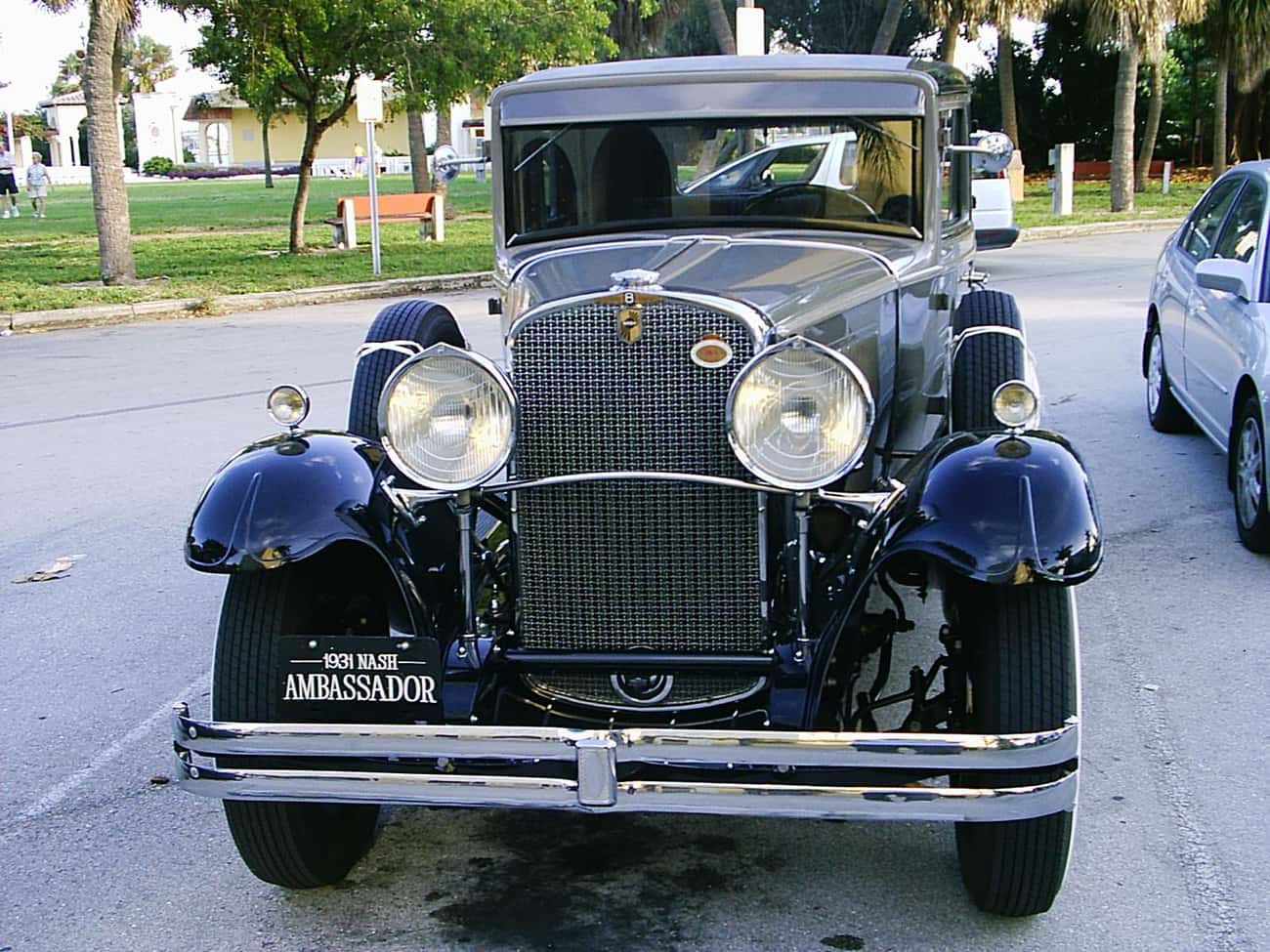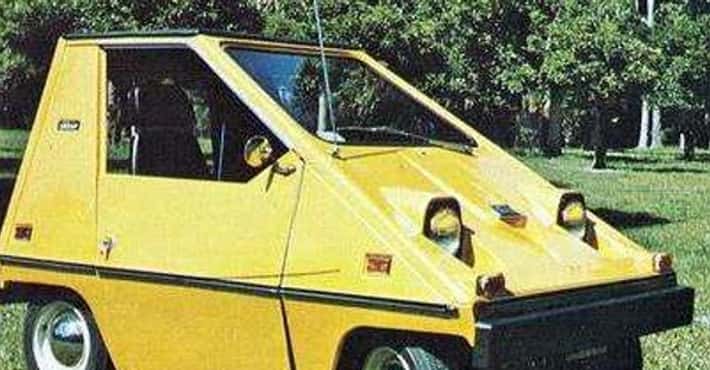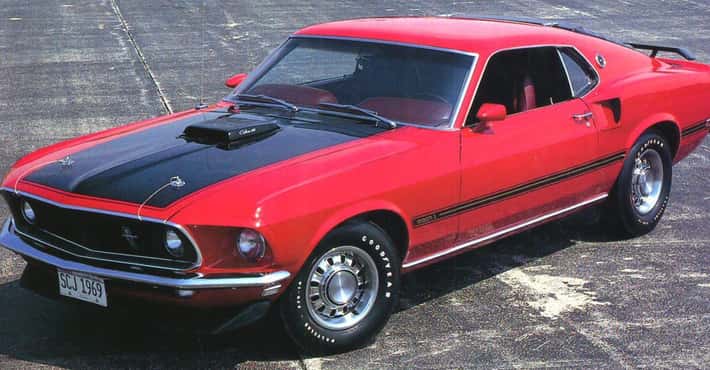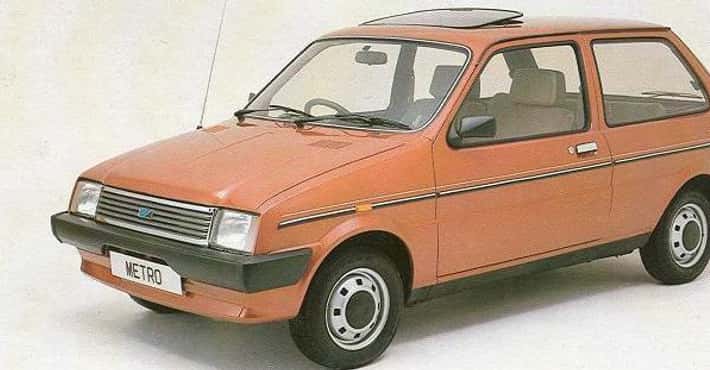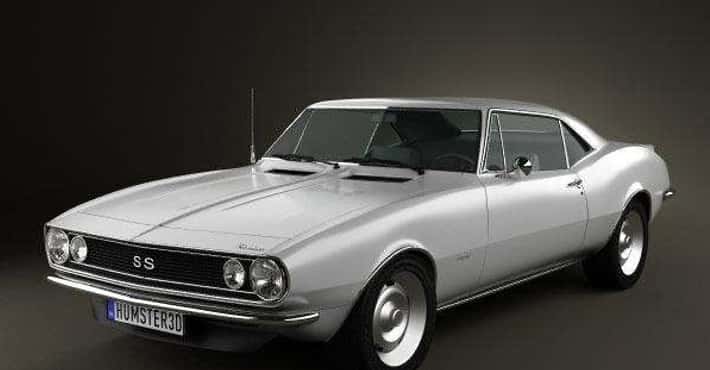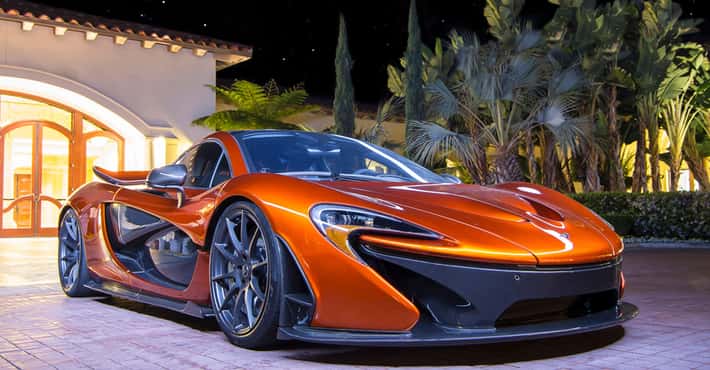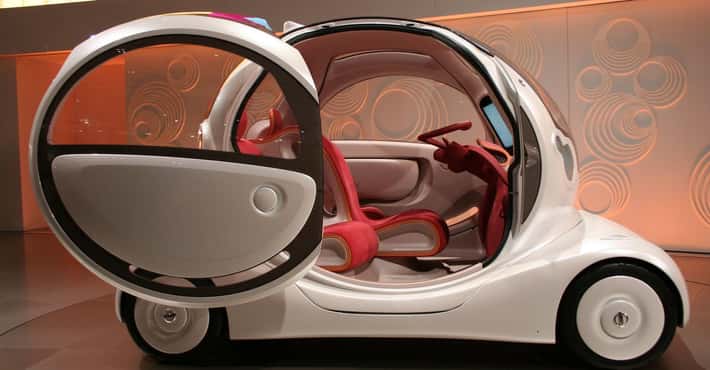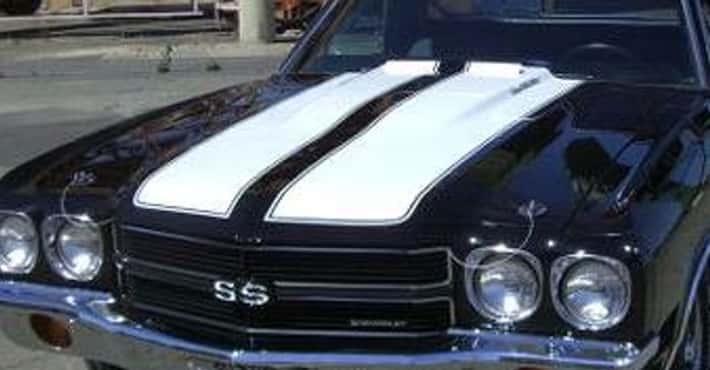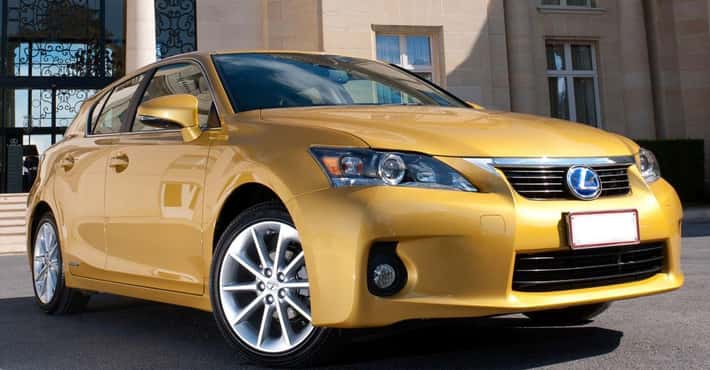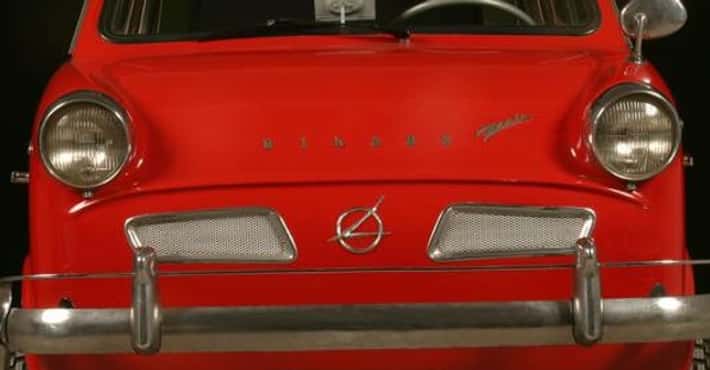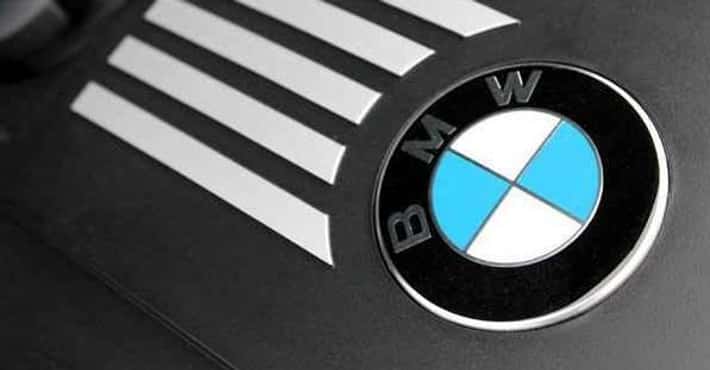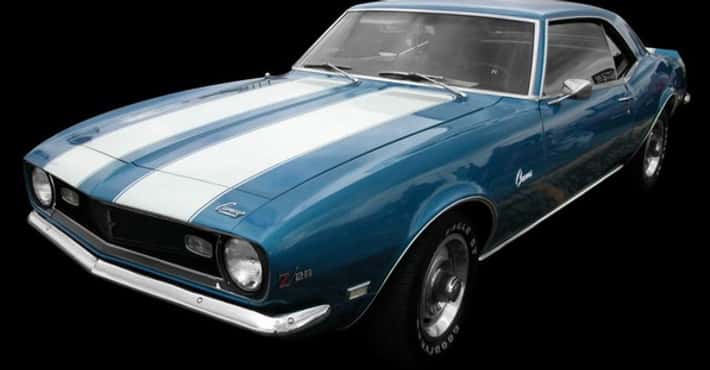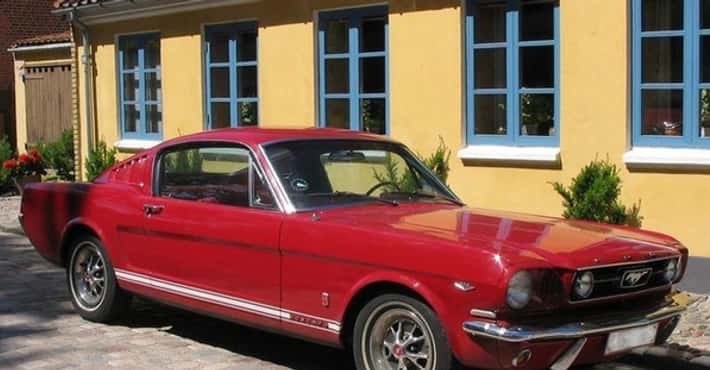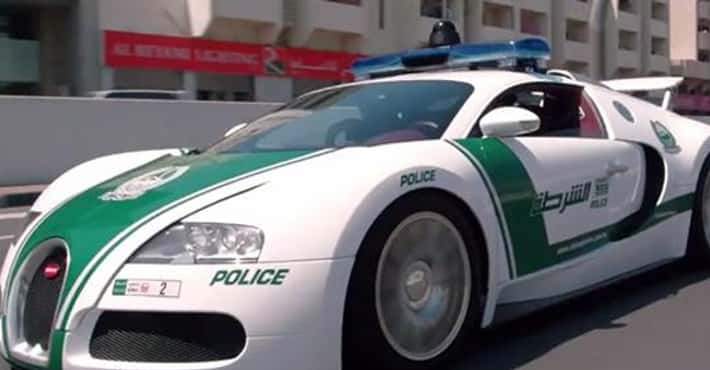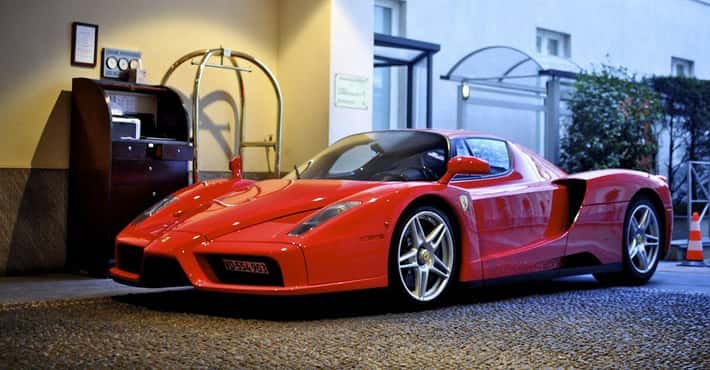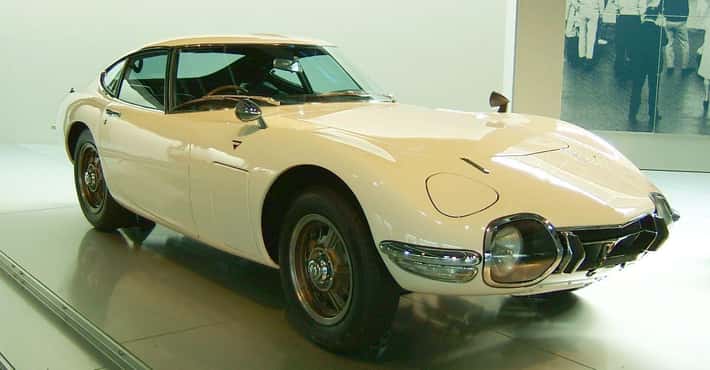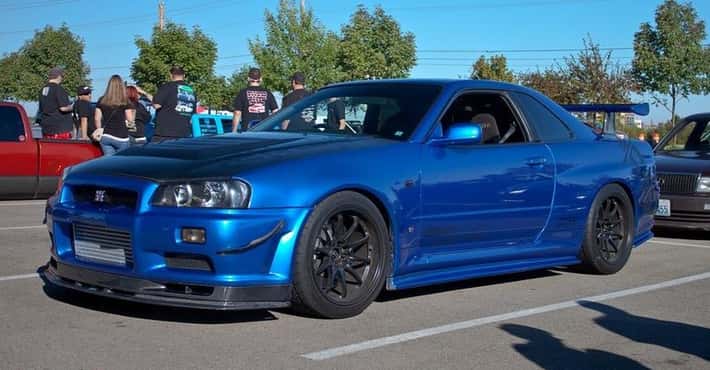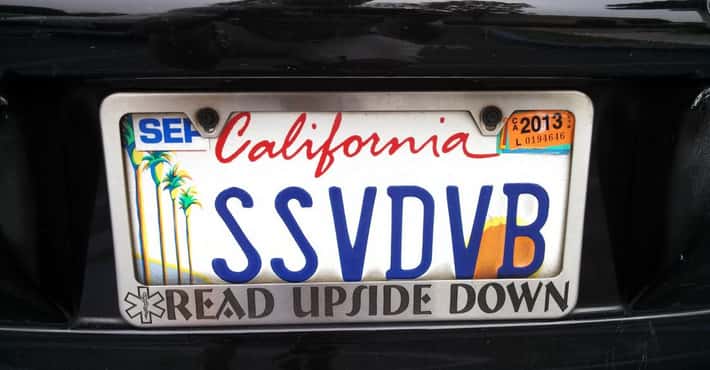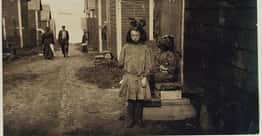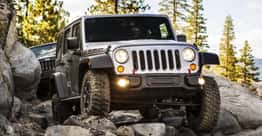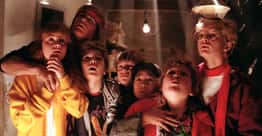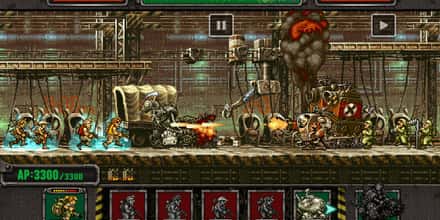Full List of AMC Models
Below is a list of all AMC cars & models that have come out so far. This AMC vehicle model list includes photos of AMC vehicles along with release dates and body types of each car. Did you used to drive one of the old AMC cars on this list? The company has had hits and misses, but definitely have put out some great cars. Examples of items on this list include AMC Pacer and AMC Gremlin This list of car models made by AMC is a great way to see how AMC has evolved over the years. AMC types also have car class information available if you click on their names and go to their dedicated page.
- Photo: Metaweb (FB) / Public domainThe AMC Gremlin is a subcompact introduced on April 1, 1970 and manufactured and marketed in a single, two-door body style in the United States and Canada by American Motors Corporation — as well as in Mexico by AMC's Vehículos Automotores Mexicanos subsidiary. Featuring a shortened Hornet platform and bodywork with a Kammback tail, the Gremlin was classified an economy car by 1970s U.S. standards and competed with the Chevrolet Vega and Ford Pinto, as well as imported cars that included the Volkswagen Beetle and Toyota Corona. The small domestic automaker marketed the Gremlin as "the first American-built import". The Gremlin reached a total production of 671,475 over a single generation — and was superseded by a restyled variant, the AMC Spirit.
- Photo: Metaweb (FB)The AMC Pacer is a two-door compact automobile that was produced in the United States by the American Motors Corporation between 1975 and 1980. Design work began in 1971. The rounded shape and large glass area were unusual compared with the three-box designs of the era. The Pacer's width is equal to full-sized domestic vehicles at the time, and this unique design feature was promoted by AMC as "the first wide small car." The Pacer was the first modern mass-produced, U.S. automobile design using the cab forward concept. The Pacer's rounded and aerodynamic "jellybean" styling has made it an icon of the 1970s. The May 1976 issue of Car and Driver dubbed it "The Flying Fishbowl", and it was also described as "the seventies answer to George Jetson's mode of transportation" at a time when "Detroit was still rolling out boat-sized gas guzzlers."
- Photo: Metaweb (FB) / Public domainThe AMC Javelin is a front-engine, rear wheel drive, two-door hardtop manufactured and marketed by AMC in two generations, 1968-1970 and 1971-1974. Styled by Dick Teague, the Javelin was available in a range of trim and engine levels, from economical pony car to muscle car variants. In addition manufacture in Kenosha, Wisconsin, Javelins were assembled under license in Germany, Mexico, Venezuela, as well as Australia —and were marketed globally. As the winner of Trans-Am race series in 1971, 1972, and 1976, the second-generation AMX variant was the first pony car to be used as a normal highway patrol police car by a U.S. organization.
- Photo: Metaweb (FB) / Public domain
AMC Machine
- Photo: Metaweb (FB) / Public domainThe AMC Matador is a mid-size car that was built and sold by American Motors Corporation from 1971 to 1978. The Matador came in two generations: 1971 to 1973 and a major redesign from 1974 to 1978. The second-generation four-door and station wagon models were classified as full-size cars and did not share the distinctive styling featured by the Matador coupe that was introduced in 1974. Factory-backed AMC Matador hardtops and coupes competed in NASCAR stock car racing with drivers that included Mark Donohue and Bobby Allison winning a number of the races. The new Matador coupe was featured in The Man with the Golden Gun, a James Bond film released in 1974. Matadors were a popular vehicle for police, as it outperformed most other police cars. It was also featured in many television shows and movies during the 1970s. The Matador became AMC's largest automobile following the discontinuation of their flagship, the AMC Ambassador, that was built on the same platform. Premium trim level Oleg Cassini and Barcelona versions of the Matador coupe were positioned in the personal luxury car market segment.
- Photo: Metaweb (FB) / Public domainThe AMC Concord is a compact car produced by the American Motors Corporation for the 1978 through 1983 model years. The Concord replaced the AMC Hornet and to some extent the mid-size AMC Matador, discontinued after 1978 in a market moving to downsized automobiles. Offered in four-door sedan, two-door coupe, three-door hatchback and four-door station wagon forms, AMC sought to give its, by this time venerable, compact car an image of luxury, class, and value. The Concord was AMC's volume seller from the time it appeared. The car was available as a sports-oriented two-door hatchback AMX model without any "Concord" badges or identification for the 1978 model year, as well as the Concord Sundancer convertible during 1981 and 1982, an authorized conversion sold through AMC dealers. Vehiculos Automotores Mexicanos assembled and marketed modified Concord versions in Mexico as the VAM American, including a unique VAM Lerma model. Concord station wagons were converted to electric cars in Cortland, New York, and marketed independently of AMC as the Solargen Electric for only the 1979 and 1980 model years.
- Photo: Metaweb (FB) / Public domainThe AMC Hornet is a compact automobile which was manufactured and marketed by the American Motors Corporation in a single generation from model years 1970 through 1977. The Hornet replaced the compact Rambler American marking the end of the Rambler marque in the American and Canadian markets. Hornets were also marketed in foreign markets, as well as assembled under license agreements with AMC that included Vehículos Automotores Mexicanos, Australian Motor Industries, and by Toyota S.A. Ltd. in South Africa. The new Hornet became an important vehicle and platform for AMC. It served the company in one form or another for eighteen years, until the 1988 model year. It would outlast all other compact platforms from the competition that included the Chevrolet Nova, Ford Maverick, and Plymouth Valiant. The Hornet was also the basis for AMC's Gremlin, Concord, Spirit, and the innovative all-wheel drive AMC Eagle. The AMC Hornet served as an experimental platform for alternative fuel and other automotive technologies. Hornets were campaigned in various motorsports events with some corporate support.
- Photo: Metaweb (FB) / Public domainAmbassador was the model name applied to the senior line of Nash automobiles from 1932 until 1957. From 1958 until the end of the 1974 model year, the Ambassador was the product of American Motors Corporation, which continued to use the Ambassador model name on its top-of-the-line models, making it "one of the longest-lived automobile nameplates in automotive history." From 1927 through the mid-1932 model year, the Ambassador name was applied to a high trim club sedan body style, one of Nash's most prestigious senior models. The Ambassador series was the "flagship" in the Nash line.
- Photo: Metaweb (FB) / CC-BY-SA-2.5The Ambassador was the top-of-the-line automobile produced by the American Motors Corporation from 1958 until 1974. The vehicle was known as the AMC Ambassador, Ambassador V-8 by Rambler, and Rambler Ambassador at various times during its tenure in production. Previously, the name Ambassador had applied to Nash's "senior" full-size cars. The Ambassador nameplate was used continuously from 1927 until 1974; at the time it was discontinued, Ambassador was the longest continuously used nameplate in automotive history. Most Ambassador models were built in Kenosha, Wisconsin. They were also built at AMC's Brampton Assembly in Brampton, Ontario from 1963 to 1966. Australian Motor Industries assembled Ambassadors from knock-down kits with right-hand drive. The U.S. fifth generation Ambassadors were produced by Industrias Kaiser Argentina in Córdoba, Argentina from 1965 to 1972, as well as assembled by ECASA in Costa Rica from 1965 to 1970. Fifth and seventh generation Ambassadors were modified into custom stretch limousines in Argentina and the U.S.
- Photo: Metaweb (FB) / Public domainThe AMC AMX is a two-seat GT-style sports car that was produced by American Motors Corporation for the 1968 through 1970 model years. The AMX was also classified as a muscle car, but "unique among other American cars at the time due its short wheelbase". The AMX was also the only American-built steel-bodied two-seater of its time, the first since the 1955-1957 Ford Thunderbird. To a degree, the AMX was a competitor with America's only other two-seater of the era, the Chevrolet Corvette for substantially less money. With a one-inch shorter wheelbase than the Chevrolet's 2-seater, "the AMX was often seen by the press as a Corvette competitor." Fitted with the optional high-compression medium block 390 cu in AMC V8 engine, the AMX offered top-notch performance at an affordable price. In spite of this value and enthusiastic initial reception by automotive media and enthusiasts, sales never thrived. However, the automaker's larger objectives to refocus AMC's image on performance and to bring younger customers into its dealer showrooms was achieved.
- Photo: Metaweb (FB) / Public domainThe AMC Spirit was a subcompact marketed by American Motors Corporation from 1979 to 1983 as a restyled replacement for the Gremlin. The Spirit shared the Gremlin's platform and was offered in two hatchback variations, each with two doors — marketed as sedan and liftback. Manufactured by AMC in Wisconsin and Ontario, as well as under license in Mexico, the Spirit was also marketed from 1981 to 1983 as the Eagle SX/4 with four-wheel drive. Performance versions of the AMC Spirit competed in road racing. The B.F. Goodrich tire company sponsored a two-car team of Spirit AMXs in the 24 Hours Nürburgring race track. The AMXs were the first American entries and they finished #1 and #2 in their class out of a 120-car field in this grueling 14.1 mile, 176 turn road race. AMC Spirits were also privately campaigned in International Motor Sports Association Champion Spark Plug Challenge and Racing Stock Class events, as well as in drag racing.
- Photo: Metaweb (FB)The AMC Cavalier was a concept car built by American Motors in 1965. It was innovative by its symmetrical design and use of interchangeable body parts.
- Photo: Metaweb (FB) / Public domainThe AMC Rebel is a mid-size car produced by American Motors Corporation from 1967 to 1970. It replaced the Rambler Classic. The Rebel was replaced by the similar AMC Matador for the 1971 model year. The Rebel was positioned as the high-volume seller in the independent automaker's line of models. The Rebel was available in several specialty models that included a limited number of station wagons with special themed trim and luxury equipment that were offered only in certain geographical areas. A high-performance, low-priced muscle car version was produced in 1970, the Machine, that is most recognized in its flamboyant white, red, and blue trim. The Rebel is the shorter wheelbase 'intermediate-size' version of the longer wheelbase 'full-size' Ambassador line. For the U.S. and Canadian markets, the Rebel was built at AMC's West Assembly Line in Kenosha, Wisconsin, and in Brampton, Ontario, Canada. The Rebel was also assembled from complete knock down kits under license in Europe, in Mexico, in Australia, and in New Zealand.
- Photo: Metaweb (FB) / Fair useThe AMC AMX-GT is concept car developed by American Motors Corporation for the 1968 show car circuit. The design of the grand touring-type rear-wheel drive pillarless coupe of monocoque construction with two doors and a truncated rear end treatment was influenced by AMC stylist Richard A. Teague.
- The AMC Electron was an American concept automobile built in 1977 by American Motors Corporation.
- Photo: Metaweb (FB) / Public domain









